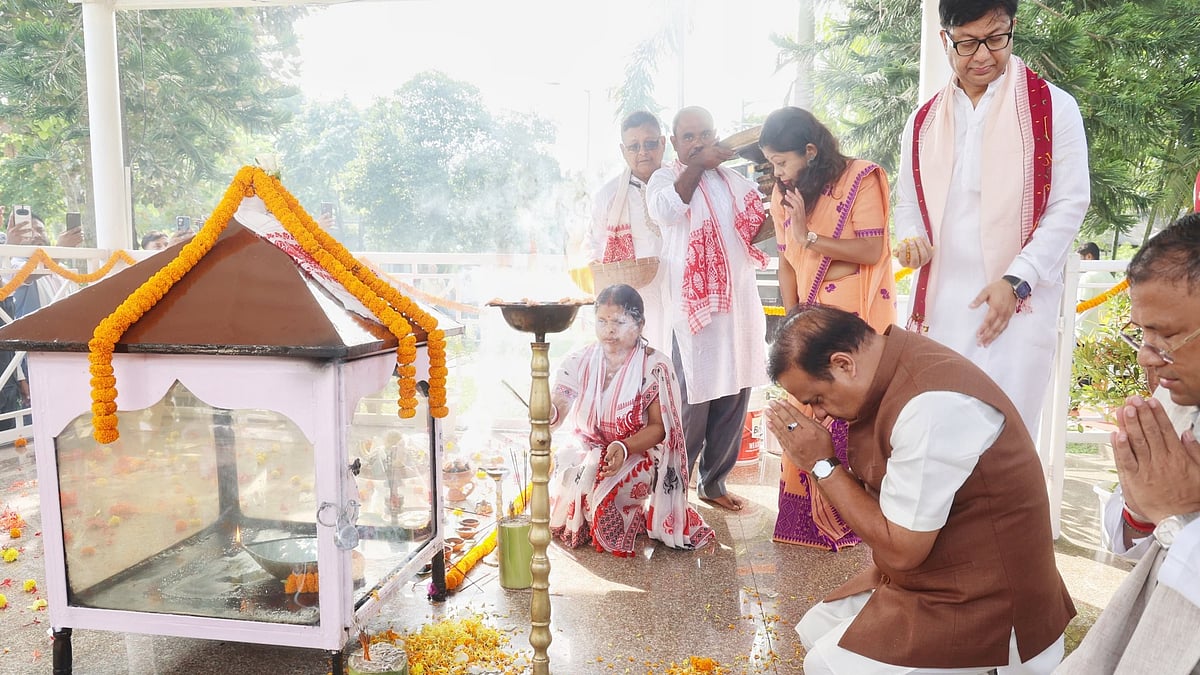In a survey that started on April 1, archeologists found many archaeological treasures from the Bandhavgarh National Park in Madhya Pradesh. They unearthed paintings from the past, man-made waterbodies and a few other evidences to suggest that a modern society.
While noting of the findings, experts were quoted in a Times of India report as saying that the tiger reserve of the present day was once most likely part of an old trade route with passing traders using rock-cut caves as shelters.
Archeologists came across a 1,500-year-old rock painting and a plenty man-made waterbodies, which are believed to be no lesser than 1,800-2,000-year-old, from the national park in Madhya Pradesh.
"The presence of the waterbodies built at a height and used for collecting rainwater suggests the habitation had a modern society. The waterbodies could be 1,800-2,000 years old, but evidence suggests there was some renovation 1,000 years ago," an ASI official told the newspaper.
The zone has often made the headlines for what the land holds underneath. Last year, The Archaeological Survey of India (ASI) informed of unearthing 26 Buddhist caves in there after a long summer exploration. It was noted that the caves would date back to the 2nd-5th century BCE.









